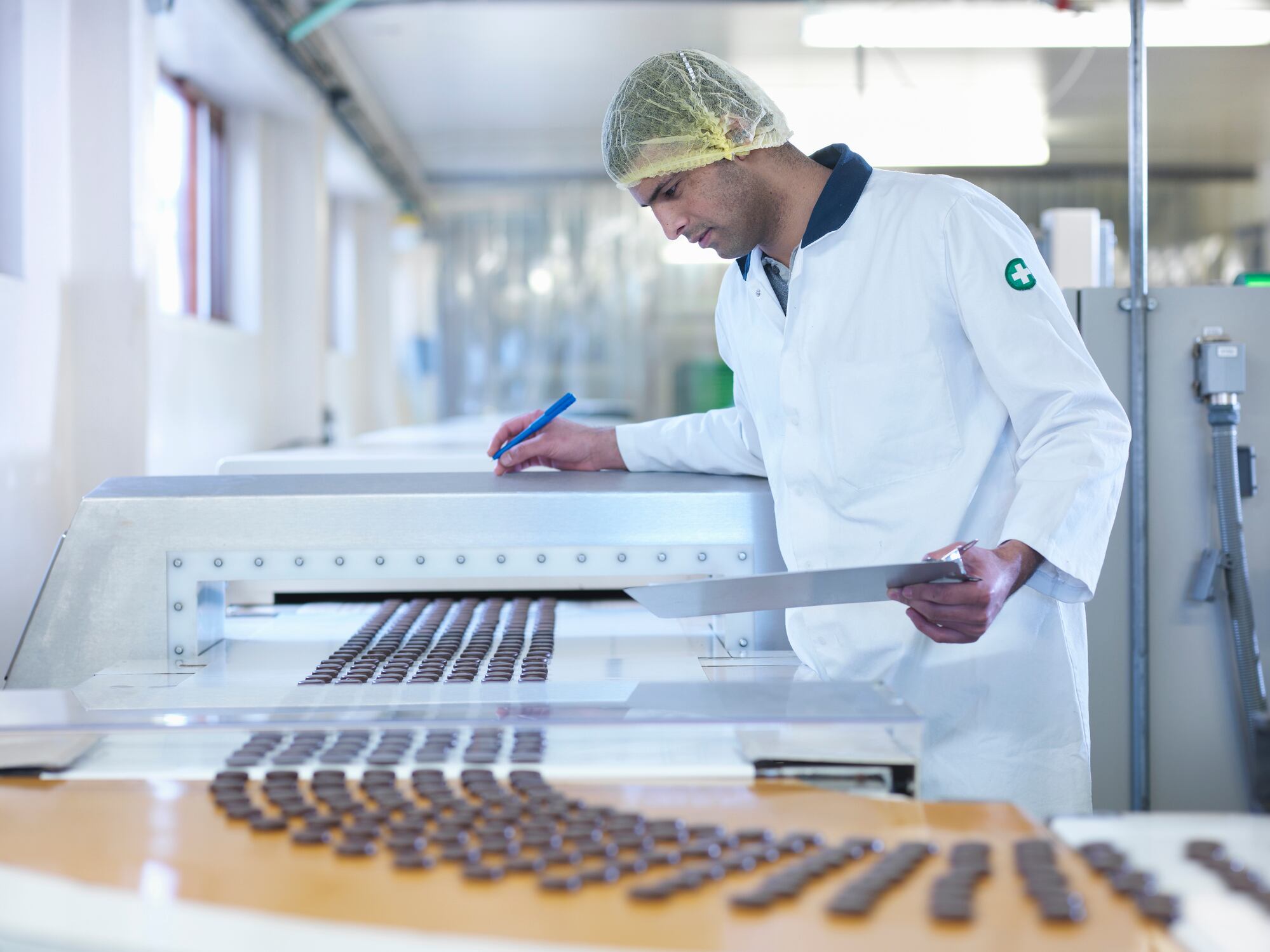Snack-sized insights
Can AI can help improve R&D success?
- AI speeds up ideation and research – but can’t replace human insight
- Emotion drives real consumer choices (AI doesn’t get that)
- Strategy is key – don’t skip the “messy middle”
- Use AI to explore, not decide
- The best innovation is human-led, AI-supported
Artificial intelligence is changing the way food and drink brands approach innovation – speeding up brainstorming, compressing research cycles, and generating marketing copy in seconds. But faster isn’t always better. And when it comes to creating products people genuinely want, AI has a blind spot: emotion.
“AI is a powerful tool. But it’s not a magic wand,” says Guy White, founder of consumer-focused innovation consultancy Catalyx, which consults with big names from Mars to Nestlé. “It doesn’t replace the craft of innovation. It just makes it more accessible – for better or worse.”
Used well, AI can help brands move faster, surface insights from vast datasets, and explore creative territories at scale. But it can’t replace the hard, human work that drives truly successful innovation. Here’s how to use it – without losing your edge.
1. Start with strategy – not prompts
White’s biggest warning? Don’t let AI skip the groundwork. Too many teams rush from trendspotting to execution, bypassing the messy middle where good ideas become great ones.
“People leap straight from spotting a consumer trend to launching a product. And AI makes that leap infinitely easier,” says White. “But it skips the hard bit – defining your territory, understanding consumer desires, identifying tensions, and building a benefit platform. That’s the bit where the magic happens.”
“We build the sandbox so our clients can build sandcastles,” he adds. “But if they’re off playing on the swings – they’re in the wrong playground altogether.”
2. Use AI to explore – not to decide
White is no AI sceptic. He’s clear about its strengths. “We recently analysed 10 years of client data in a day. It helped us zero in on real opportunity areas that would’ve taken weeks manually.”
He also sees value in using AI to generate hypotheses. “It can surface jobs to be done or articulate consumer tensions – like, ‘When I want X so I can Y’ – and that’s useful,” he says. “But you’ve got to validate those consumer needs.”
“You can ask AI to generate 100 ideas. But you still need to take those to consumers and find out which 10 might work – and which one is truly worth backing.”
In other words, AI is a brilliant partner in exploration – not a decision-maker.
3. Bridge the ‘say–do gap’ with real-world behaviour
AI is trained on what already exists in the digital world. But White warns that relying on this data alone creates blind spots.
“You can ask people, ‘Would you buy pineapple and mint chocolate?’ and they’ll say yes,” he says. “But when they get to the shelf, they buy chocolate. Because chocolate is what they love.”
He calls it the chocolate problem – and it’s especially pronounced when it comes to ethical consumption. “You ask people if they care about sustainability – they say yes. You ask if they’d pay more – they say yes. But in the store? They buy the Haribo.”
“AI can’t model that emotional decision-making. It doesn’t know what people feel. It only knows what they say.”
4. Don’t skip the middle – it’s where the money is
The missing middle – that strategic stretch between insight and execution – is where the majority of brands fail, with or without AI.
“Seventy-five percent of product launches don’t make it past year two,” White says. “Not because they didn’t look good on paper. But because the strategy wasn’t there.”

AI may help get you to market faster, he says – but if you’ve skipped the thinking, you’re just speeding up failure.
“AI just means you get there faster. It hasn’t solved the problem, it’s accelerated it.”
So… how should you use AI?
“Use it to work faster. Use it to explore more ideas. Use it to process more data than you ever could manually,” says White. “But don’t hand over the wheel.”
Innovation is a craft, not a prompt. The most successful teams use AI to accelerate the early stages of development – but keep humans front and centre when it comes to strategy, validation and design.
“Hybrid intelligence is the future,” says White. “It’s not man or machine. It’s both, working together – with the right driver behind the wheel.”
Want to learn more about harnessing AI for R&D? Guy White will join the Confectionery’s Sweetest Innovations webinar on July 10. Register free to hear more from Guy and the rest of our expert speakers.



